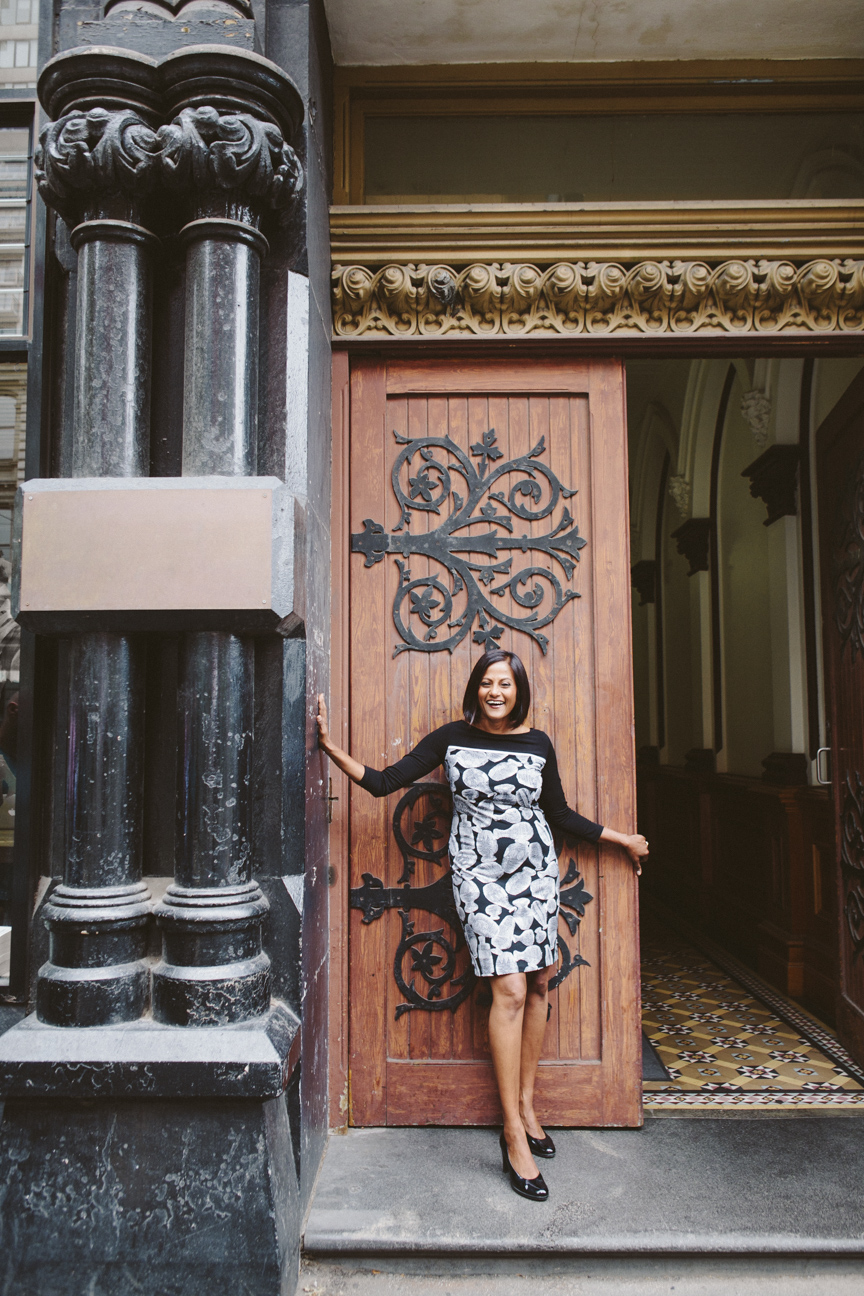
You know that moment?
In a highly interactive workshop (and mine always are, modestly saying), the room is buzzing, people are deep in conversation, and sharing ideas.
And then it’s time to bring everyone back.
You don’t want to cut people off mid-sentence. But you can’t just bark “OI, LISTEN UP!” without killing the vibe entirely.
And the moment you raise your voice to get attention, you’ve already lost the room.
That’s why for years, I’ve relied on three trusty rules to set the tone in every workshop:
- Be kind to yourself
- Be kind to others
- Have fun (the last one is compulsory. Just kidding, but not really.)
Lately though, something’s been niggling. Those rules felt too soft. Too easy. Like they were missing something.
And then it clicked. What I really wanted in the room was respect. Not just for the facilitator and the ideas, but for the group as well.
So, I refined my rules to include respect for the room. My three rules became:
- Be kind to yourself and others*
- Respect the room
- Have fun
But here’s the thing: it’s not enough to ask for respect. You need to show people exactly how to give that respect.
So, I developed two simple signals and here’s precisely how I introduce them to the room.
The Magic Hand – I instruct, “When you see my hand go up, raise yours too. No words needed, just hands up until we’re all quiet.” Then I demonstrate. It spreads like a Mexican wave until the whole room goes quiet. Honestly, it’s almost spooky how well this works.
The Boogie Back – I explain, “When the music starts, you’ve got 30 seconds to wrap up and boogie back to your seat.” Yes, I actually say “boogie” with a straight face. It’s daggy as hell, but that’s exactly why it works. Everyone laughs, and even the shy ones end up doing a little wiggle.
Visual cue for calm moments.
Audio cue for noisymoments.
Here’s what I know works. Be crystal clear about what each signal means, introduce them at the very beginning, and trust the room.
The magic isn’t in the signals themselves; it’s in trusting your group.
Peer response is always more powerful than your voice.
Both signals respect the fact that people are adults who can self-regulate when given clear signals.
Try it.
Your workshops will run smoother, your voice will last longer, and your participants will feel like co-creators.
That’s the kind of respect that actually gets results.
PS: *Yes, I know I smooshed two rules together to create three rules. I will do mortal combat over the Power of 3!

X Factor
Warning! This radical book is ONLY for presenters who want to achieve professional impact and business results. You don’t want to just present; you want to create an audience experience. With every presentation you want to transform people, organisations and what’s possible. This book is your first step.
Recent Posts

Did you know art and presenting share a unique goal?

The oldest easy hack in the world

Enough craft, now to the art of presenting

What is the most exciting way to start a story?

Be Still My Beating Heart – Adrenaline in Auckland

The internet can sometimes make you feel 100 years old
Categories
- Books4
- Business storytelling articles37
- Business storytelling examples50
- Business storytelling techniques93
- Business Storytelling training66
- Case Study5
- Communication4
- Conference Speaker10
- Examples of Story66
- Inspiration39
- Interview with…7
- Latest Posts184
- Life hacks4
- Presentation Skills22
- Speaking23
- Technology3
- Thoughts113
- Uncategorized5
- Workshops2
- Writing3
- X Factor14
